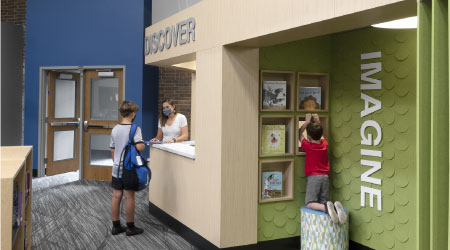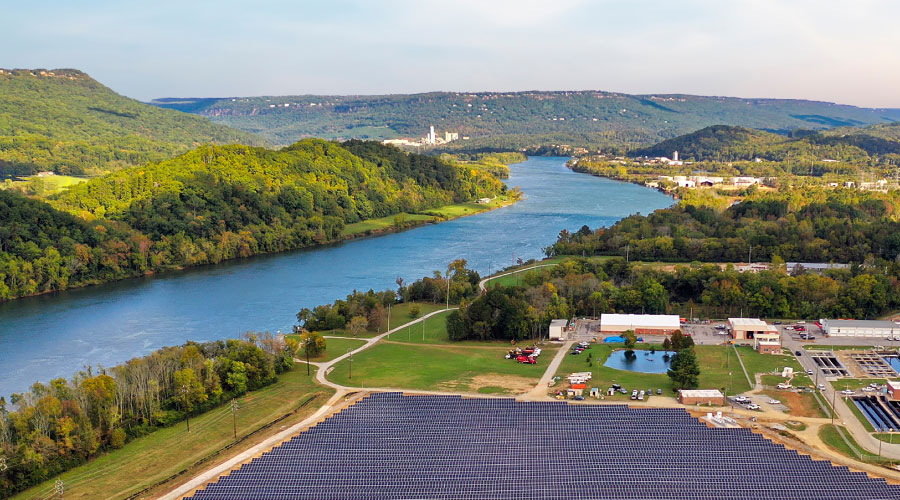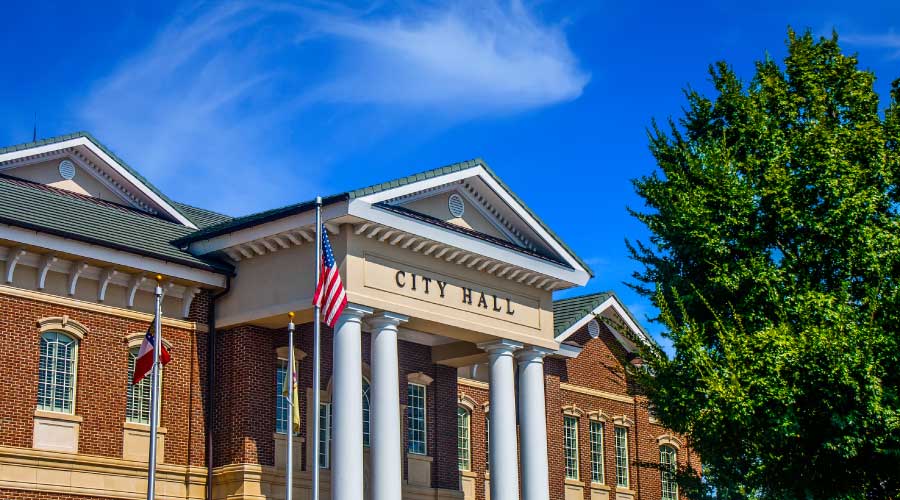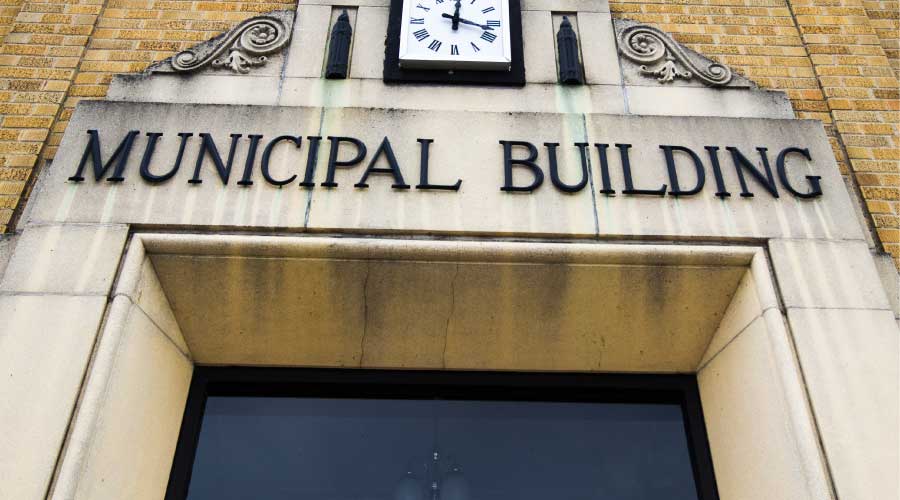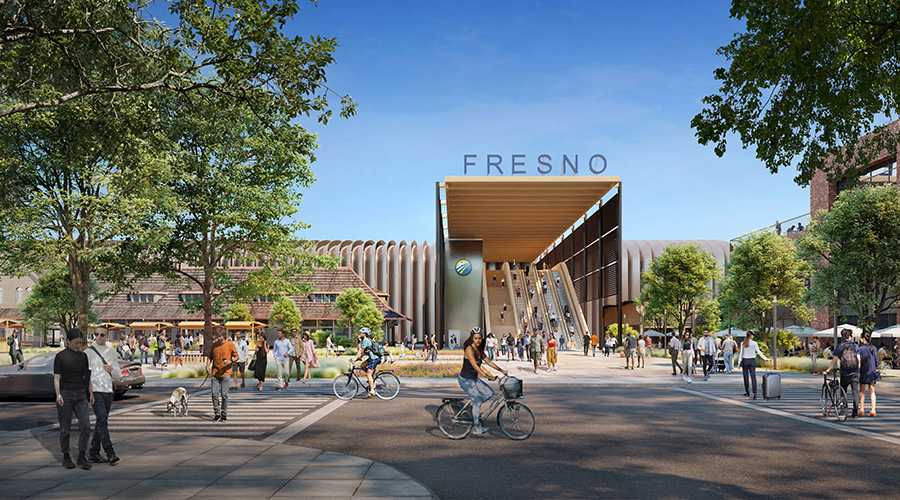For Library Facilities, Health and Wellness Becomes Crucial
To protect occupants and keep them healthy, library facilities are focusing on the strategies spelled out in the WELL Building Standard.
Wellness has been a rising focus for organizations of all types and sizes, representing an evolution in thinking that links individual health to how our buildings operate. The International WELL Building Institute, in fact, outlines 10 holistic concepts that can guide organizations to helping building occupants feel and live healthier, from thermal comfort and sound to access to nourishment, movement, and quality materials. While historically wrapped in a veil of sustainability, though, Steve Potter of Mid-Continent Public Library notes COVID reaffirmed the importance of air quality and healthy indoor environments.
For many library directors and managers, one of the biggest challenges they face moving forward is how creating an environment that is both safe and promotes health in a manner that preserves the essence of what makes libraries unique – an immersive experience.
The early days of COVID had organizations from business to schools attempting to reopen with many safety protocols, from restricting casual movement through spaces to promoting touchless environments. Libraries were no different as everyone responded with the best information they had to mitigate the spread of infection while also trying to provide needed services.
Unlike those other organizations, though, the heart of a library’s attraction is the immersive environment that people – especially children – sink into. It’s visual and tactile, and everything about the library is meant to promote that physical interaction with books, computers, and exhibits. In this new world, the challenge is finding the balance between creating a safe environment while also maintaining the unique experience that defines libraries.
The frame through which directors and staff see their operations moving forward can significantly influence their approach. Seen through an infection control lens, and efforts center around cleaning protocols and air filtration. Seen through a wellness lens, though, and more options open to expand the library’s immersive reach while also making the community feel safe in its environment.
Just by their very nature, libraries are optimally positioned to implement many of these strategies outlined in WELL requirements, from access to daylight that impacts occupant mood to access to nature and feelings of security and belonging.
More access to stations that allow patrons to frequently wash hands and use disinfectants is one example of this strategy. In areas like children’s exhibits, such easy access to hand sanitizers and hand washing sinks at a child’s height increase parent’s confidence in the cleanliness of the space, elevating their satisfaction in the experience. In addition, consider a family restroom in the children’s area sized large enough for a stroller.
Indoor air quality is also an obvious priority. Research into making indoor spaces safer from the spread of airborne infections have pointed to frequent fresh air exchanges and optimum air filtration to mitigate such spread. Libraries with aging HVAC systems are in a prime position to replace their mechanical and air handling units with both modern and more efficient systems that can reduce infectious airborne particles and create a healthier indoor air environment.
One size does not fit all, though, and libraries could find a significant return-on-investment by consulting with an architecture and engineering team who is knowledgeable with both mechanical systems and local climate demands. Capital costs are only one part of the equation when evaluating performance and affordability. Energy efficiency, operational costs, and system maintenance also come into play when determining what is optimal for a facility. Local climate also plays a role in choosing a new system, as humidity levels must be considered along with the reduction in airborne particles. Especially in high humidity areas such as the Midwest and South, the wrong system could adversely affect book collections by not properly controlling levels inside.
Along with leveraging the knowledge of professionals when purchasing a new system, libraries would also benefit from investing in commissioning services. Commissioning provides a way to test and verify that the system installed is performing both to how it was designed to work with the particular building and at its optimal performance so that owners receive the highest benefit in terms of cost and comfort.
Seeing Infrastructure with New Eyes
“Libraries are a place to gather and build community. We can’t keep people apart. They want to be back together,” says Kuhl, director at St. Charles City County Library District.
While there is a common reality that libraries across the country share requiring less space for archival materials, that hasn’t meant the need for physical space has waned. In fact, the continued traffic to the library during the pandemic for services that stretched beyond books proved there is value in the libraries as community resources.
More than reducing footprint as a result of the growth of e-books and digital checkouts, libraries now have room to envision a new model of being a resource for the community – study rooms, larger teen areas, collaboration and maker spaces, interactive children’s areas or storage for other check-out materials like take-and-make kits, fishing equipment rentals, or book bundles. Instead of relocating to a new facility or adding an addition, libraries may find that their current building size is adequate by studying their underutilized space and redesigning their layout.
As the pandemic forced many communal areas of the library to be shuttered, alternative uses showed promise for services that once libraries could only dabble in, such as book sales. O’Fallon Public Library found success moving its book sales from a small nook to a shuttered larger area that could be safely managed. The success of a sales area with more public display has them seeking a more permanent solution for such a service.
The pandemic also opened doors – literally – for libraries to see themselves beyond their walls, and directors recognized this as opportunity to seize. Community gardens, storytime walks, and Wifi access outside are just some of the ways libraries can bring the indoors out. Activating parking lots and outside plazas for food distribution and diaper drives also expands both the physical reach of library services as well as the definition of what it means to be a library.
Finding ways to integrate these indoor and outdoor experiences elevate that immersive feeling residents hope to experience in their libraries and feel their health and wellness is of upmost concern. Working with designers, libraries can even extend the outdoor season by creating covered patios with ceiling fans or incorporating exterior zoned radiant heating systems.
Lori Everett, AIA, LEED AP, is project manager with FGM Architects Inc. in St. Louis, MO. She can be reached at lorieverett@fgmarchitects.com.
Related Topics:








